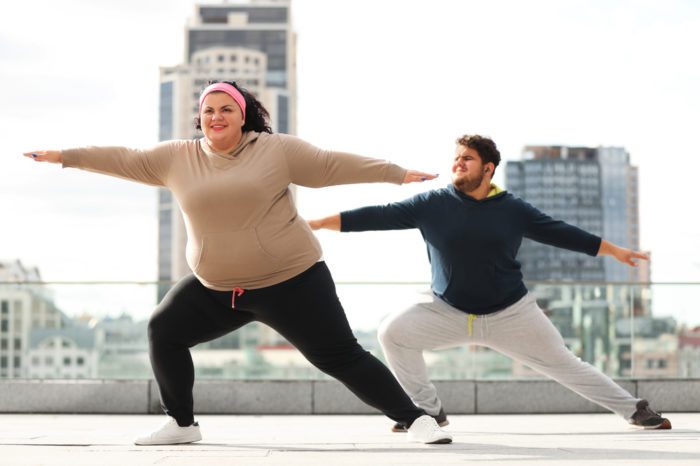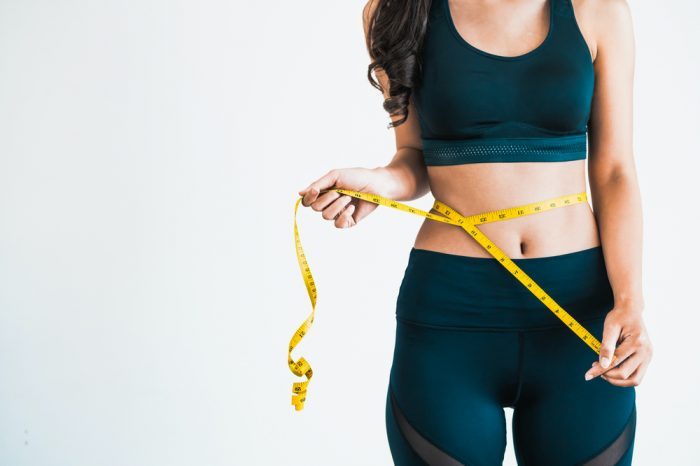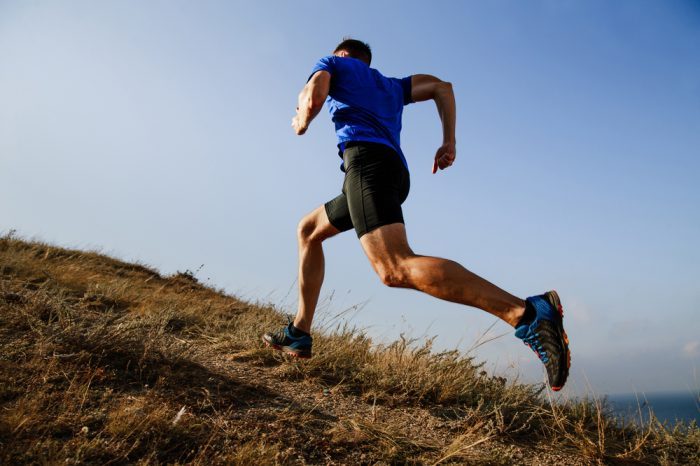Why not try microdosing cannabis as a way to save money and medicate – without the high?
For those who want the medicinal benefits without the intoxication, then microdosing cannabis may be the way to go.
What Is Microdosing?
Microdosing is a process that involves administering small doses of a substance with the aim of receiving some form of therapeutic benefit without any associated intoxication. It shot to prominence in recent years and is more commonly associated with compounds like LSD and psilocybin — the active compound found in magic mushrooms. With the benefits apparent to many in the tech field, the idea is now becoming more popular with cannabis consumers in medicinal circles.
Microdosing Cannabis: Who Does It Benefit?
For those who want to microdose cannabis, there are several ways to do so. Oil or capsules are the most common form of administration, but consumers can use their preferred method of administration. When done correctly, it allows consumers to experience the relaxing and healing benefits of cannabis at a sub-intoxication threshold. This means that patients can go about their every-day lives and fulfill obligations, whether work-related or otherwise without issue.
Microdosing cannabis is perfect for those who require cannabis to live a comfortable life free from debilitating symptoms like chronic pain. The low doses free them from the intoxication and drowsiness that so often associate with higher doses of cannabis, but still provide medicinal relief.
What Does The Science Say On Microdosing Cannabis?
Researchers from the Israeli pharma-tech company Syqe Medical set out to verify the efficacy of microdosing on pain treatment. The study published in the European Journal of Pain (2020) involved a randomized, double‐blinded, placebo‐controlled trial. The twenty-seven subjects enlisted in the study all experienced chronic neuropathic pain.[1]Almog, S., Aharon-Peretz, J., Vulfsons, S., Ogintz, M., Abalia, H., Lupo, T., Hayon, Y., & Eisenberg, E. (2020). The pharmacokinetics, efficacy, and safety of a novel selective-dose cannabis … Continue reading
Subjects inhaled a dose of either a placebo or doses of THC that ranged between five-hundred micrograms and one gram over three separate tests across three days.
Interestingly, patients who inhaled either dose of THC reported a significant reduction in pain intensity when compared to their baseline symptoms. They also reported relief from symptoms for a duration of 2.5 hours.
While the pain-relieving effects of THC are well-documented, it was the lack of cognitive impairment reported by patients who consumed both doses that’s most notable. With respect to dosing, ten milligrams of THC is generally considered a standard dose. In this study, the highest dose used is still ten times lower than that.
Low Dose Might Help
Researchers concluded that “low doses of cannabis may provide desirable effects while avoiding cognitive debilitations, significantly contributing to daily functioning, quality of life, and safety of the patient.”
As with any form of microdosing, accuracy in dosing is of paramount importance. Cannabis is notoriously difficult to dose in small quantities with accuracy. To combat any associated issues, researchers in the study used the Syqe Inhaler with its precision electronic dose control to administer the THC to the subjects.
The Syqe inhaler is also transferable to compounds other than THC, something that makes it a promising instrument in future research into the efficacy of microdosing other compounds.
Microdosing Cannabis as an Alternative to Opioids
The medicinal benefits of cannabis are clear. However, what many don’t realize is just how effective it can be in small doses. In a study published in the Journal of Pain (2012), patients suffering from advanced cancer received nabiximols, a pharmaceutical-grade THC-CBD mix.
All patients were unresponsive to traditional opioid painkillers at low, medium, and high doses. Patients who received the lowest cannabinoid doses in the study experienced the most significant reduction in pain. While those receiving higher cannabinoid doses actually felt more pain.
A Protocol For Microdosing Cannabis
One of the main issues with cannabis is tolerance. Patients who consume cannabis daily will generally have a much higher tolerance than someone consuming infrequently. As a result, daily patients require a higher dose when microdosing.
Finding the most appropriate dose is best achieved through a process of trial and error. Cannabis oil generally provides more exact dosing when compared to cannabis flower and most edibles. Start out with small amounts of oil. Gradually build the dose until you feel some form of relief without any intoxication. If smoking or vaping, take a puff or two and wait twenty minutes before evaluating any symptom relief. If the cannabis isn’t acting, then continue to increment the dose until arriving at the minimum effective dose.
Microdosing cannabis can theoretically alleviate the symptoms of any condition that it might in higher doses. Whether that’s depression, stress, anxiety, inflammation, lack of appetite, indigestion, or chronic pain, then the adoption of a microdosing protocol may benefit a wide range of patients.
The lack of intoxication and drowsiness, couples with increased alertness and focus. This means that microdosing can actually be a very effective strategy for many. It can also often lead to mood enhancements and offer the relaxation required to thrive in social situations. And with the small doses required, it also means that the medicine goes that little bit further.
References








Smoke Freely
I have anxiety. I have been smoking marijuana most of my lifetime. Since I was 10years old to present day. I am ex-Airforce 56yrs old and still smoke a little pot once in a while. I have never been addicted to marijuana, it was just a part of my generation. Considered Taboo by most people back then, marijuana was quite different from the pot of today. With hybrids and strains from all over the world. I was lucky enough to get some Thai stick or Maui, blue pot back then. Most of the pot was Brown or gold in color. Columbian in origin. Red, brown and gold. Acapulco Gold. Jamaican ganja. Wow. What a treat! Now I just wish I could buy it from a dispensary, but none exist in Philadelphia and outlying areas, or it’s to expensive. I used to pay $10. For a half ounce. Federal government has screwed people who smoked pot for years, making it a felony charge for possession of just a few joints. Things are changing, but not fast enough. I must keep my identity a secret for now. Smoke freely.
Regina
I have so many physical problems All of which have been declared disabled, from COPD, fibromyalgia,osteoporosis,osteopenia, arthritis all over, depression, high blood pressure,all chronic never ending pain for life, minicus tare in my knee , ankle replacement, hip replacement, anxiety, and an overall feeling of despair 😩 lately. Any suggestions on what can help? I do smoke daily but I’m in need of some more rxleaf. Please feel free to reach out to me and inform me of some help. Thank you 🙏🏻